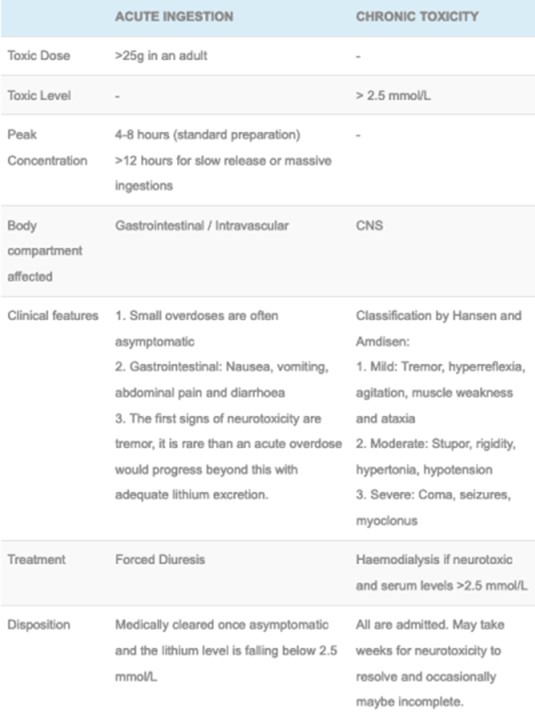A nurse is caring for a client who is experiencing acute manifestations of withdrawal from alcohol. Which of the following medications should th nurse expect to administer to the client?
Disulfiram
Naltrexone
Diazepam
Acamprosate
The Correct Answer is C
Diazepam belongs to the benzodiazepine class of drugs and is commonly used to manage the symptoms of alcohol withdrawal. It helps alleviate anxiety, agitation, tremors, and seizures that can occur during alcohol withdrawal. Diazepam has sedative effects and helps prevent and treat alcohol withdrawal seizures by acting on the central nervous system.
Incorrect:
A- Disulfiram is a medication used to support alcohol abstinence by creating unpleasant reactions if alcohol is consumed. It is not typically administered during acute alcohol withdrawal.
B- Naltrexone is used to help individuals with alcohol dependence reduce their alcohol cravings and drinking behavior. It is not typically used during the acute phase of alcohol withdrawal.
D- Acamprosate is a medication used to maintain abstinence from alcohol in individuals who have already stopped drinking. It is not typically used during the acute phase of alcohol withdrawal.
Nursing Test Bank
Naxlex Comprehensive Predictor Exams
Related Questions
Correct Answer is B
Explanation
Clients with depression may experience cognitive difficulties, such as trouble concentrating or articulating their needs. Giving the client extra time to express themselves and communicate their needs allows them to feel heard and understood. It also helps establish a therapeutic relationship with the client, promoting trust and collaboration in their care.
The other interventions listed may not be appropriate or effective in addressing the client's specific symptoms of depression:
A- Instructing the family to avoid visiting during mealtimes may not be necessary unless there are specific reasons related to the client's preferences or distractions during meals. It's important to involve the family in the client's care and support, including mealtime interactions, unless there are specific concerns or circumstances.
C- Offering three or four large meals daily may not be appropriate for all clients with depression. Some individuals may have a decreased appetite or experience changes in their eating patterns. It is important to assess the client's nutritional needs and preferences and provide a balanced meal plan tailored to their specific situation.
D- Discouraging rest periods during the daytime may not be helpful, as individuals with depression may experience fatigue, lack of energy, and a desire to sleep more. Adequate rest and sleep are important for overall well-being, and it is crucial to support the client in maintaining a regular sleep schedule and addressing any sleep disturbances they may be experiencing.
Correct Answer is A
Explanation
A.The client runs 4 miles outdoors every afternoon. This is correct. Intense physical activity, especially in hot weather, can lead to dehydration and sodium loss through sweat, both of which can increase the risk of lithium toxicity.
B.The client drinks 2 liters of liquids daily. Adequate fluid intake helps maintain a stable lithium level and is generally recommended to reduce the risk of toxicity.
C. The client eats 2 to 3 gm of sodium-containing foods daily. A consistent intake of sodium helps maintain stable lithium levels. Significant changes in sodium intake, rather than a stable intake, would be more concerning.D. The client eats foods high in tyramine. Tyramine-rich foods are a concern for clients taking MAO inhibitors, not lithium. Therefore, this is not relevant to lithium toxicity.

Whether you are a student looking to ace your exams or a practicing nurse seeking to enhance your expertise , our nursing education contents will empower you with the confidence and competence to make a difference in the lives of patients and become a respected leader in the healthcare field.
Visit Naxlex, invest in your future and unlock endless possibilities with our unparalleled nursing education contents today
Report Wrong Answer on the Current Question
Do you disagree with the answer? If yes, what is your expected answer? Explain.
Kindly be descriptive with the issue you are facing.
